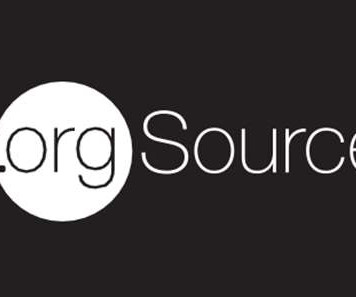Leadership’s Biggest Perk—Giving Others a Boost
.orgSource
DECEMBER 4, 2023
Positioning for Success in an Era of Disruption , she explained her commitment to skill-building like this. “My To change that, we came up with a structure that allows for on-demand project work in blended, cross-functional teams. Winton also notes that this skill-based, collaborative model is the way millennials prefer to work.












Let's personalize your content